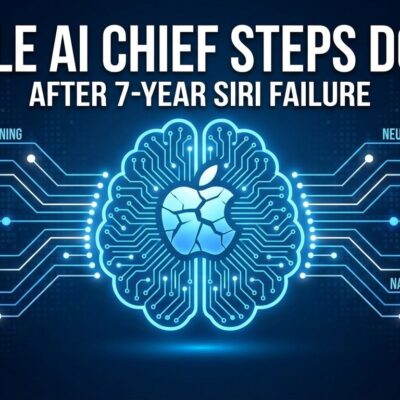
Allen Institute for AI released OLMo 3 this week, and it’s not another “open weights” announcement. They’re sharing everything: training data, code, every intermediate checkpoint, and the complete development pipeline. This is what truly open-source AI looks like – and it exposes how hollow most “open” model releases really are.
The Model Flow Revolution
Most companies that claim to release “open” AI models only share the final weights. That’s like open-sourcing a compiled binary without the source code. You can use it, but you can’t really understand it, modify its foundations, or learn from its development.
OLMo 3 introduces what AI2 calls the “model flow” – the complete lifecycle of a language model. Every stage, every checkpoint, every dataset, every training decision is documented and available. Want to swap in domain-specific data during mid-training? You can. Need to adjust post-training for your specific use case? The entire pipeline is there to fork.
This matters because meaningful AI adaptation often requires changes deep in the development pipeline, not just at the final stage. Researchers can now trace model behaviors back to specific training decisions – something impossible with black-box weight releases.
What OLMo 3 Delivers
The release includes multiple model variants at 7B and 32B parameters:
OLMo 3-Base serves as the foundation for custom development. AI2 claims it’s “arguably the best 32B model in the entire ecosystem of models with open weights,” with strong performance in programming, math, and long-context tasks.
OLMo 3-Instruct optimizes for chat and tool use through a supervised fine-tuning pipeline followed by direct preference optimization and reinforcement learning.
OLMo 3-Think (32B) is the standout: a reasoning model that lets you inspect intermediate reasoning traces and connect those behaviors to training decisions. On benchmarks, it matches Qwen 3 8B on MATH, leads on HumanEvalPlus for coding, and stays competitive on BigBench Hard – while being fully transparent about how it got there.
The Open Washing Problem
Here’s the uncomfortable truth the industry avoids: Llama isn’t open source. Neither is Qwen, Mistral, or most other “open” models. They release weights under restrictive licenses without training data, full code, or development documentation.
OLMo 3 directly addresses this gap. Under permissive open-source licenses, you get:
- All training data and preprocessing code
- Complete training and fine-tuning code
- Every intermediate checkpoint (not just final weights)
- Full documentation of training recipes and decisions
This level of transparency enables actual research reproducibility and meaningful model adaptation – not just inference on someone else’s frozen weights.
Should You Use OLMo 3?
OLMo 3 isn’t trying to beat GPT-4 or Claude on raw capability. It’s targeting a different problem: giving researchers and developers the tools to actually understand and improve AI systems.
If you need the absolute best chat model for production, stick with commercial options. But if you’re doing AI research, need to adapt a model for specialized domains, or want to understand how modern language models actually work, OLMo 3 provides unprecedented access.
The models run on hardware from laptops (7B) to research clusters (32B), with solid performance across reasoning, coding, and general tasks.
The Bigger Picture
AI2’s release challenges the industry’s definition of “open.” When Meta releases Llama, they get open-source credibility while maintaining strategic control over the development pipeline. When Alibaba releases Qwen, the same pattern repeats.
OLMo 3 sets a higher bar. True open-source AI means sharing the process, not just the product. As AI systems become more consequential, this kind of transparency becomes essential for independent verification, adaptation, and trust.
The models and complete model flow are available now on HuggingFace under the allenai organization. Download the weights, fork the training pipeline, or just read the documentation to understand how a modern language model gets built from scratch.


